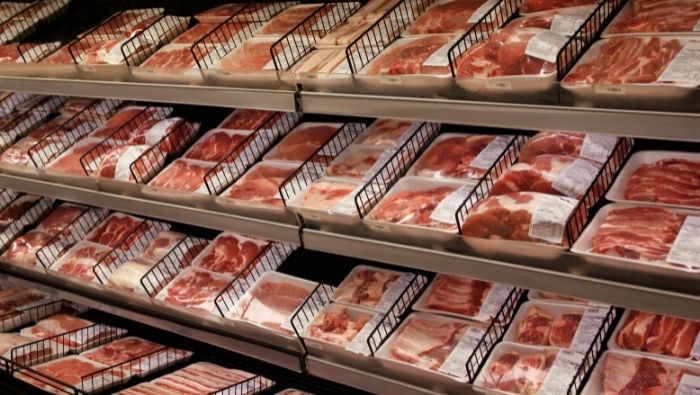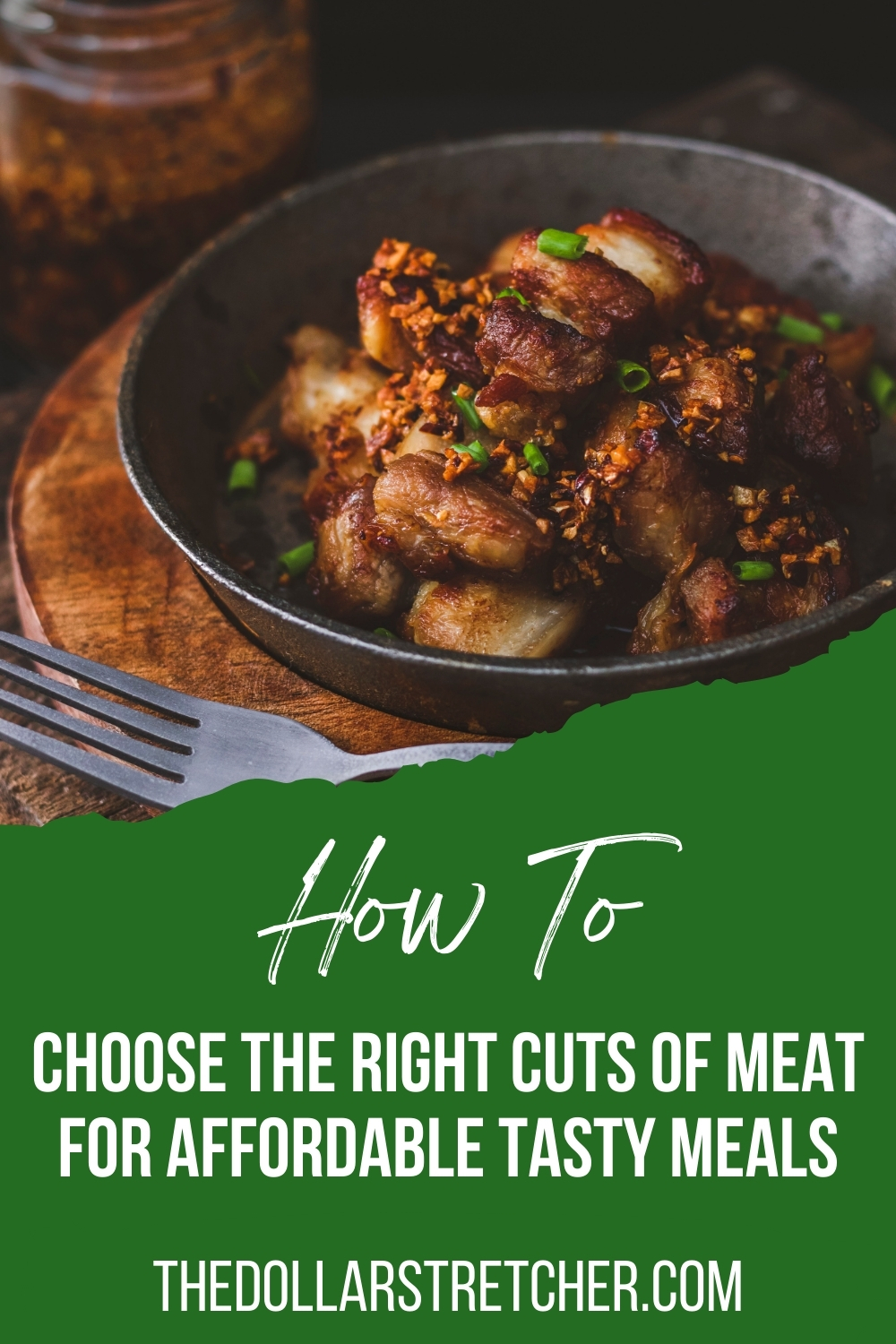How To Choose the Right Cuts of Meat for Affordable Tasty Meals
Cheaper meats don’t always make for good meals. Learn how to choose the right cuts of meat to save money preparing better-tasting meals.

A while back, I invited 25 men, women and children to our home for dinner. To make serving easier, I decided to do a fajita bar; that way, everyone could pick out exactly what they wanted at their own pace.
I found a great recipe: marinated the beef and chicken and then grilled them to perfection. Sadly, the beef turned out like leather. No, worse than leather. Nobody would eat it, including those guys who will eat anything. I’d even see the ladies delicately disposing of nasty bits into their napkins.
What happened? I used the wrong cut of meat. To save money, I had purchased some beef from my farmer friend, which is not a good idea for a fledgling country girl who didn’t know much about the parts of a cow. I could have marinated it all week, and the meat would still have been inedible.
The Wrong Cut of Meat Can Ruin Almost Any Meal
Being a good cook is really just about two things: a good recipe and the right ingredients. But when it comes to standing in front of the meat case at the local grocery store, many of us feel pretty clueless.
What exactly lies beneath that plastic wrap? What’s the difference between a fillet and a flank other than the price tag? And what is “skirt steak” all about?
Choosing the wrong cut of meat can ruin even the most gourmet meal, so it’s time for a little carnivore education.
Sign Up for Savings
Subscribe to get money-saving content by email that can help you stretch your dollars further.
Twice each week, you'll receive articles and tips that can help you free up and keep more of your hard-earned money, even on the tightest of budgets.
We respect your privacy. Unsubscribe at any time.
Buying Beef
- USDA Prime: This is the top of the line. It has abundant marbling (flecks of fat within the lean), making it very tender and juicy. Prime roasts and steaks are excellent for dry-heat cooking like roasting and broiling.
- USDA Choice: This has less marbling than prime but is still of very high quality. Choice roasts and steaks from the loin and rib will be very tender, juicy and flavorful.
- USDA Select: Somewhat leaner than the higher grades. It is fairly tender, but may lack some of the juiciness of other grades. These are best marinated or slow-cooked for maximum tenderness.
Steaks
If you are planning to grill steaks, what cut should you get?
Most are fairly good for grilling, but some cuts may need some extra attention. As a rule of thumb, the more expensive the product, the more tender it will be. If you are spoiling yourself, get a tenderloin, porterhouse, T-bone or rib eye. The New York strip, top sirloin and round tip are also good, but you may want to marinate them first.
Many stores market “mock filets” or steaks that pretend to be filet mignon; with a good marinade, you can work miracles with this inexpensive option.
Burger
Many consumers choose extra lean ground beef to help maintain their figures and keep their arteries clog-free. The only problem with going that route is that sometimes it’s difficult to keep this drier product from falling apart on the grill.
If you are going to indulge in a grilled hamburger, use lean ground beef instead of extra lean.
Related: Build a Better Burger on a Budget
Buying Lamb
Lamb is produced from animals less than a year old. Most USDA Prime and Choice lamb cuts, including shoulder cuts, are tender and can be oven-roasted, broiled or pan-broiled. The less tender cuts, such as the breast, riblets, neck and shank, can be braised slowly to make them more tender and juicy.
Buying Pork
Pork is generally produced from younger animals. Today’s fresh pork products have considerably less fat than they did a decade ago. There are only two USDA grades for pork: acceptable and unacceptable. Acceptable quality pork is also graded for yield, the yield ratio of lean to waste. Unacceptable quality pork, which includes meat that is soft and watery, is graded U.S. Utility.
What to buy:
- Look for cuts with a small amount of fat over the outside and with meat that is firm and grayish-pink in color. There should be a small amount of marbling.
- Pork chops come in a variety of cuts: center loin, rib chops, sirloin chops, boneless or bone-in. They can be prepared by pan broiling, grilling, baking, braising, or sautéing. Thin chops (1/4-3/8″) are best sautéed unless you are into dry, tasteless meat. Boneless chops cook more quickly than bone-in chops, so keep that in mind as well.
- Ribs are available as spare ribs, back ribs, and country-style ribs. All three styles can be braised or roasted in the oven or on the BBQ grill. Slow-cooked ribs are generally tenderer.
- Tenderloins are the most tender and tasty cut of pork. Extremely lean, tenderloins can be roasted whole, cut into cubes for kabobs or into strips for stir-fry.
So there you have it, the basics of buying meat. Using these tips will help you prepare and serve affordable and delicious meals without breaking the bank. Shoot, they might think you’re such a good cook that they’ll want a return engagement!
Reviewed January 2024
Popular Articles
- 7 Habits of Highly Frugal People
- 5 Simple Budget Cuts That Can Save $200 a Month
- How to Track Down Unclaimed Funds Owed You
- 32 Ways to Save Money on Your Utility Bills
- Do You Need Credit Life Insurance When Buying a New Car?
- How to Maximize Profits When Selling Online
- Staying Motivated to Continue Digging Yourself Out of Debt

On After50Finances.com
- 9 Things You Need to Do Before You Retire
- You Didn’t Save Enough for Retirement and You’re 55+
- When Empty Nesters Reorganize and Declutter Their Home
- Reinventing Your Career in Your 50s or 60s
- What Mature Homeowners Should Know about Reverse Mortgages
- 2 Reasons to Collect Social Security Benefits As Soon As Possible


